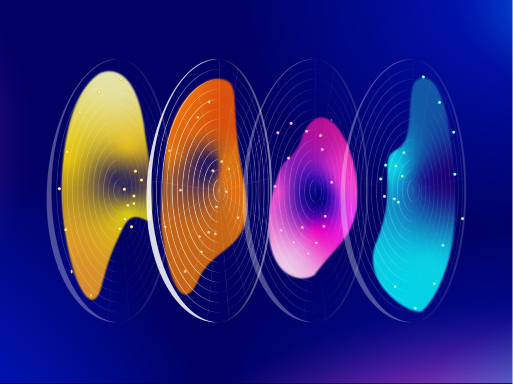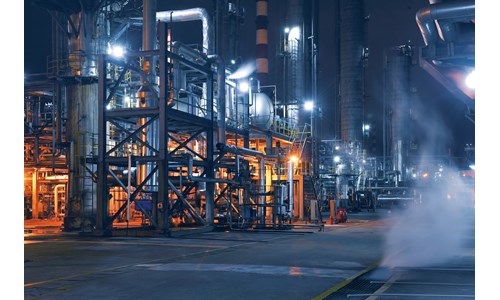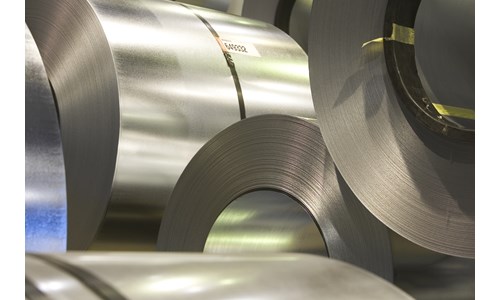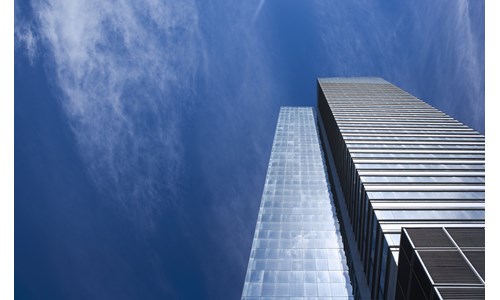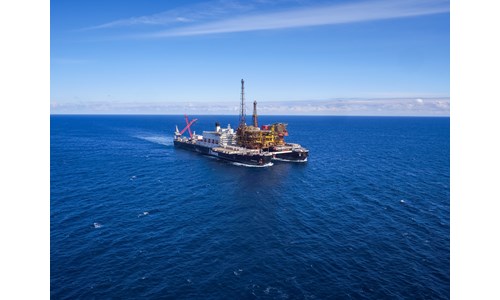Kazakhstan's new Tax and Subsoil Use Codes: a brighter future?
*Please note that this report only includes an Excel data file if this is indicated in "What's included" below
Report summary
Table of contents
-
What are the changes?
- Tax Code introduces new profit-based terms
- But some fiscal issues are largely unaddressed
- Subsoil Use Code optimises legislation
- Why did Kazakhstan need to improve its terms?
-
What is the economic impact of fiscal changes?
- Alternative subsoil tax improves the commercial proposition for offshore and deep onshore projects
-
How competitive can Kazakhstan become?
- Pre-tax economics must improve
- AST reduces government share to competitive level
- Kazakhstan joins debate on fiscal 'fair share'
- What else should Kazakhstan do?
- Appendix
Tables and charts
This report includes the following images and tables:
- Kazakhstan oil and condensate production, 2010-35
- Kazakhstan onshore E&A drilling, 2010-18
- Kazakhstan offshore E&A drilling, 2000-17
- Overview: alternative subsoil tax and standard concession terms
- Kazakhstan's new Tax Code: key changes for oil and gas
- Kazakhstan's new Subsoil Use Code: key changes for oil and gas
- Model field economics (NPV10): deep onshore
- Model field economics (NPV10): offshore (shelf)
- Model field economics (NPV15): deep onshore
- Model field economics (NPV15): offshore (shelf)
- Deep onshore field: standard terms
- Deep onshore field: AST terms
- 4 more item(s)...
What's included
This report contains:
Other reports you may be interested in
Russian Federation product markets long-term outlook H2 2019
In 2019, total products supply was in a position of surplus in the Russian Federation relative to demand.
$9,450Kazakhstan upstream summary
Three super-giant fields dominate a well-established upstream industry - The Tengizchevroil (TCO), Kashagan and Karachaganak ...
$6,480Turkmenistan upstream summary
Central Asia's largest gas producer - Turkmenistan's gas output is currently more than 7.5 bcfd, centred on the prolific ...
$6,480

